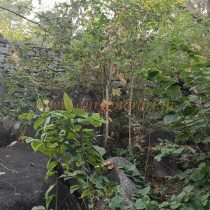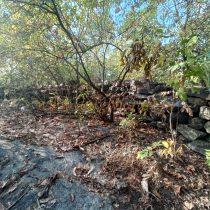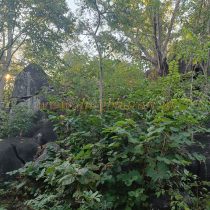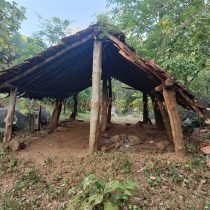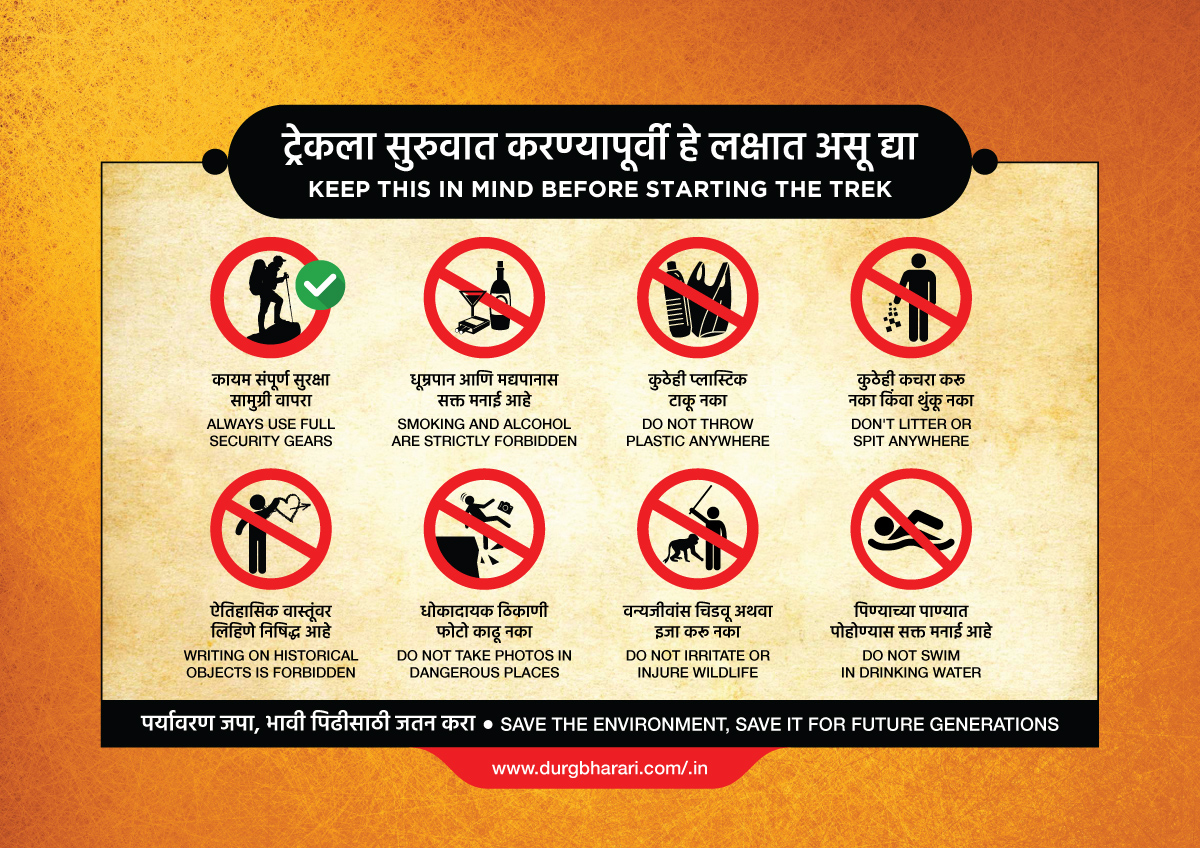LEKHAMENDHA
TYPE : HILL FORT
DISTRICT : GADCHIROLI
HEIGHT : 940 FEET
GRADE : EASY
Every district of Maharashtra is called the country of forts due to the numerous forts found there. But despite this, many forts are still neglected here. Especially the forts of Gondia-Gadchiroli district are prominent in this. These forts have lost their identity, which was known as the Naxal-affected region until now. Although Naxalism in this area has subsided now, as there are no tourist spots, very less tourists are found here. Since this part of Vidarbha is sparsely populated, even private vehicles are not seen very much in this area, so seeing a public vehicle is also a rare thing. Therefore, one should use a private vehicle for both travel and safety while visiting the forts in this area, otherwise it is difficult to see even one fort in a day. Our stay was at Dhanora to go to Bhowragad which is nearby from Dhanora taluka place but due to lack of proper facilities we shifted our stay to nearby temple in Lekhamendha village.
...
In the morning when we left from here, when we told the locals about our Bhowragad trek, they told us that there is a fort in their village as well and they themselves went to show us the fort. At first we didn't believe it, but thinking what harm in taking a look, we went with him. If we did not believe him back then, we would have missed the sight of a completely unfamiliar fort. In the Gadchiroli fort tour, the name of Lekhamendha was suddenly added to our list of forts. Dhanora is a taluka city in Gadchiroli district, 36 km from Gadchiroli city. Lekhamendha village is 5 km from Dhanora and 30 km from Gadchiroli. From Lekhamendha village towards Gadchiroli there is a dirt road leading to the fort on the left side at a distance of about 2.5 km. The fort is located on a small hill and local people know this fort as “Dongardev” and there is a dirt road to reach this temple. As the fort is not easily visible, you should take local people with you as guides. After walking about 1 km along this dirt road, a large lake outside the village can be seen on the left. After another 1 km on this path, the bush starts and the road goes straight ahead while a small path turns to the right. Locals have puja rituals things here. After entering here, you can see a stone rampart built on a high place with the support of other stones. After going around this rampart and coming a little further, we reach the gate of the fort. It seems that the gate of the fort was framed and not arched. The existing ramparts of the fort are about 10-12 feet high and about 4-6 feet wide. The ramparts are about 30 feet above the ground except in front of the door. After entering the fort through the main gate, no remains are visible due to the dense vegetation inside. The top of the fort is spread over about 4-5 acres and it is not possible to move around except for the area near the door, so our tour is completed in 5 minutes and we start our way back. According to the locals, this fort was the armory of the Gond king. It was the twelth of the forts conquered by the Gond kings from the Devgad region when they entered Gondwana in Vidarbha. Since this fort in Vidarbha is unknown to anyone, the history of the fort is obscure, but seeing the influence of the Gond dynasty on this area, it seems that the fort was built by the Gond kings. This fort under the rule of the Gond kings has lost its identity today.
© Suresh Nimbalkar

